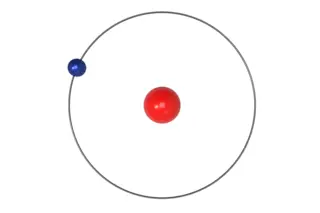“Probably the worst theoretical prediction in the whole of physics” is an infamous line from a text book on general relativity published in 2006. It describes the parlous state of affairs that physicists find themselves in when trying to calculate the energy density of the vacuum.
Their thinking goes like this. According to quantum field theory, the vacuum is filled with particles leaping in and out of existence in a bubbling froth of quantum activity.
All this activity must be financed by some kind of energy budget, which physicists call zero-point energy. And since energy is equivalent to mass it must exert a gravitational force on the stuff around it. To work out how much gravity is involved, all you have to do is add up all the quantum activity that contributes to it.
This produces a number this is huge, something in the order of 10^117 eV. And that ...














